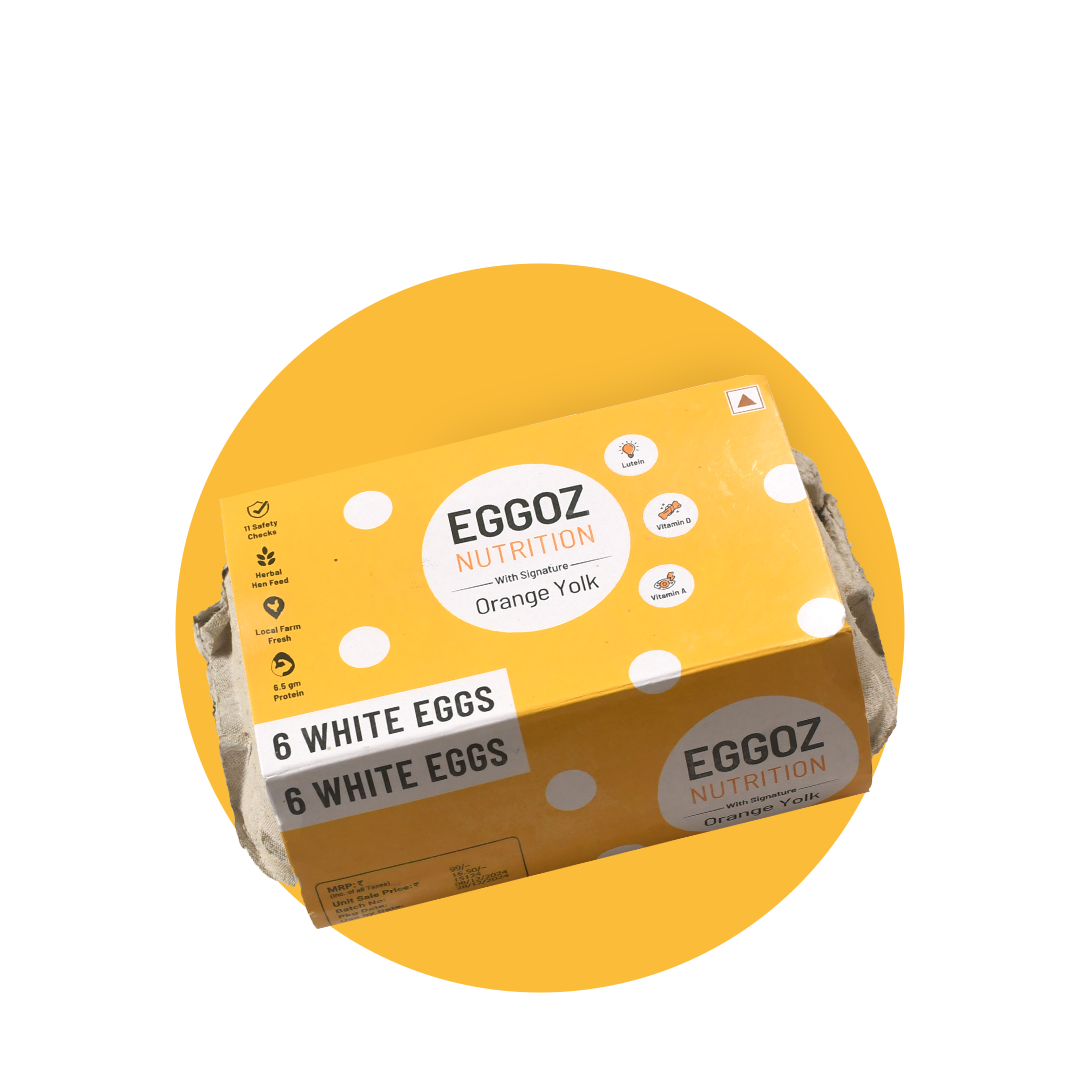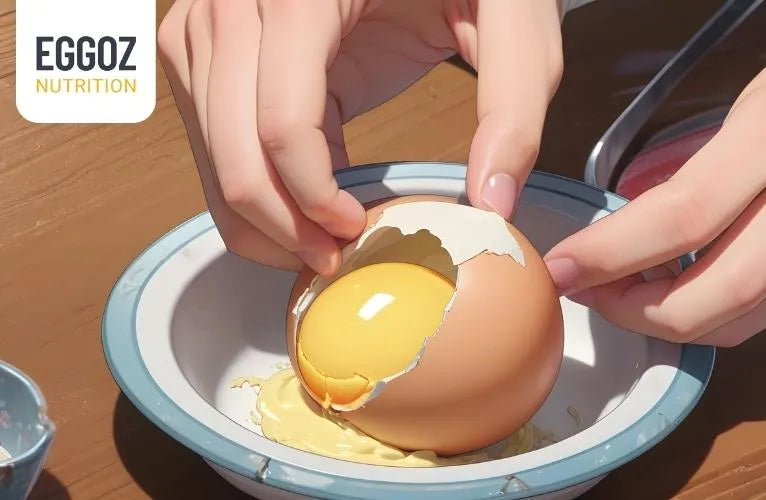Ever Found Yourself Wrestling with a Stubborn Eggshell?"
Peeling hard-boiled eggs can sometimes feel like an epic battle with eggshells. But what if we told you there are foolproof ways to peel eggs effortlessly?
Hard-boiled eggs are a delightful treat and a protein-packed addition to any meal. Hence If you've been searching for the best ways to peel eggs effortlessly, your wait is over... In this blog, we’re diving into five tried-and-tested methods to make peeling hard-boiled eggs a breeze.
1. The Classic Roll Method
This is a tried-and-tested way of peeling hard-boiled eggs that many swear by.
Steps:
- Once your eggs are boiled, let them cool for a few minutes.
- Lightly tap the egg on a hard surface until it has tiny cracks all over.
- Now, gently roll the egg between your hands or on a countertop.
- The shell should start to break into larger pieces, making it easier to peel away.
This method usually results in a perfectly peeled egg, with the shell coming off in large sections rather than tiny shards.
2. Use the One-Hand Rolling Technique
Perfect for those who want to peel their eggs quickly without the need for extra tools or ingredients.
Steps:
- Crack the egg on a hard surface.
- Place the egg between your palm and fingers.
- Apply slight pressure and roll the egg back and forth until the shell is cracked all over.
- Starting from the wider base, begin peeling. The shell should come off easily and in larger sections.
Rolling cracks the shell uniformly. The pressure applied while rolling helps create small separations between the egg white and the shell. Once the entire shell is fragmented, it becomes much easier to peel off into larger sections.
3. Using a Spoon:
This method is a gentle approach and perfect for those who like to take their time while ensuring the egg remains intact.
Steps:
- Begin by tapping the egg’s bottom (wider end) on a countertop until you see a circular crack.
- Insert a teaspoon between the shell and the white, ensuring the curve of the spoon matches the curve of the egg.
- Rotate the egg while moving the spoon, effectively separating the shell from the egg. Voilà, your egg is peeled!
The spoon's curve aids in smoothly separating the shell from the egg white by providing a thin barrier that travels around the egg. This method ensures that the shell slips off without tearing the white.
4. Peeling Under Running Water:
Running water can be a great assistant in ensuring that all those tiny shell pieces are removed.
Steps:
- Crack the eggshell by gently rolling the egg on a countertop.
- Hold the egg under a running tap with cold water.
- Begin peeling from the wide end (where there's an air pocket). The water will help to wash away the small bits of shells and membrane, giving you a perfectly peeled egg.
5. Boiling Eggs with Baking Soda
Apart from baking and cleaning, baking soda is a secret weapon for peeling hard-boiled eggs.
Steps:
- Fill a pot with water to cover the eggs by an inch.
- Add 1 tsp baking soda to water.
- Carefully add eggs to the pot.
- Bring water to a boil, then simmer for 10-12 minutes.
- Place boiled eggs in an ice bath or cold water.
How does it work? Baking soda raises water pH, preventing egg whites from binding to the shell. This makes the peel smoother.
6. The Ice Bath Technique
Giving your hard-boiled eggs a cold shock helps contract the egg inside, creating a gap between the white and the shell.
Steps:
- After boiling your eggs, transfer them immediately to a bowl filled with ice water.
- Allow the eggs to sit for at least 5 minutes.
- Once chilled, crack the eggs and peel. The shell should come off in larger pieces, making the process cleaner and faster.
Quickly cooling the eggs causes the insides to contract. This contraction creates a slight gap between the egg white and the shell. When peeled, the shell comes off in bigger pieces, simplifying the process.

Final Thoughts:
Peeling hard-boiled eggs can be a breeze if you know the right tricks. The above methods have been tested and tried by many, and they stand out as the best way to peel eggs. Whether you're making a quick snack, a picnic salad, or preparing for a festive holiday dish, peeling eggs shouldn't be the hard part.
FAQs
Is there a difference in peeling hard-boiled eggs if they are white or brown? I usually buy white eggs online.
Generally, the colour of the eggshell doesn't affect the ease of peeling hard-boiled eggs. The best ways to peel eggs apply to both white and brown eggs.
What if the egg white sticks to the shell even after using these methods?
Sometimes, an egg can be especially stubborn. If you find this happening even after using these methods, ensure that you're not boiling the eggs for too long, as overcooking can cause the whites to adhere more firmly to the shell.
Can I use fresh eggs for these peeling methods?
While older eggs tend to peel more easily, these methods can still improve the peeling process for fresh eggs. However, for optimal results, consider using eggs that are at least a week old.


